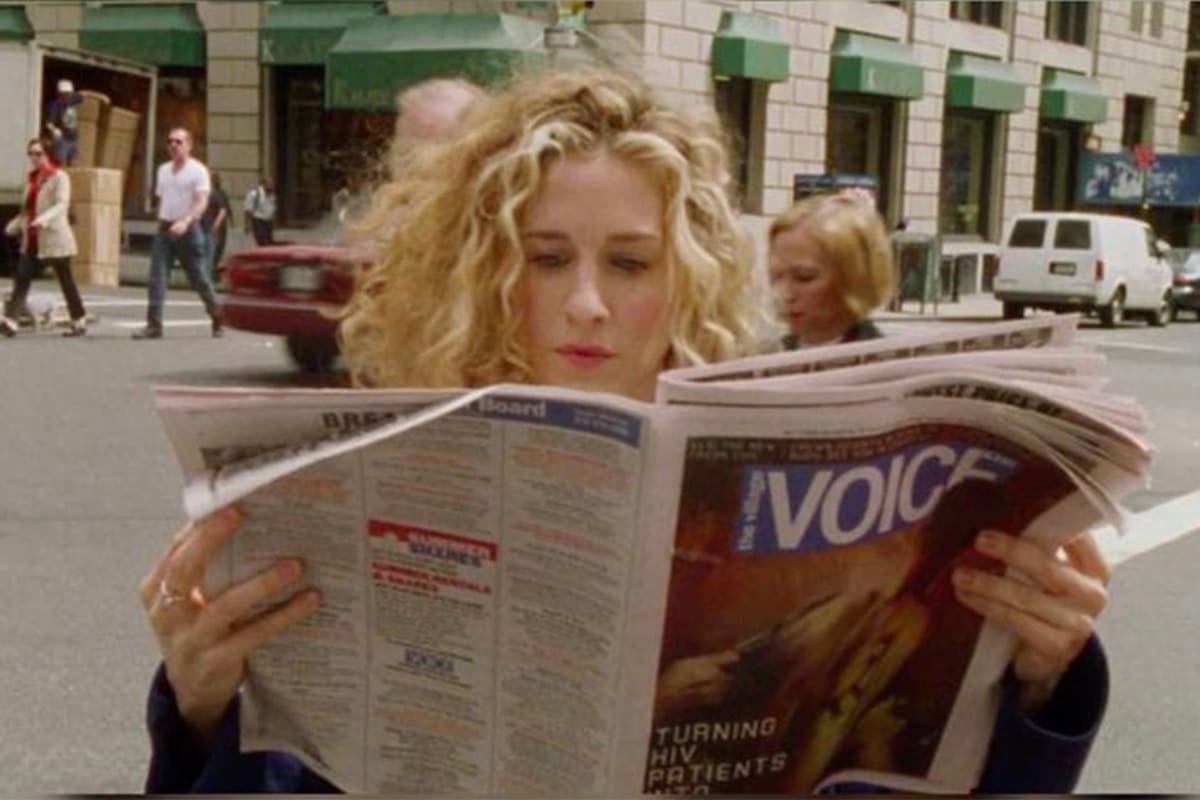
The data revealing the difference between what men and women are paid in Australia has finally been released.
Nearly 5,000 of Australia's biggest companies were required to report their gender and pay data to the Workplace Gender Equality Agency (WGEA) at in accordance with new laws passed in March 2023. The intention is that transparency will encourage employers to close the gap – as happened in the UK in 2017.
Every private Australian company with more than 100 employees was required to participate, and the data was collected from 1 April 2022 - 31 March 2023.
Now, we're finally getting to see the results. It's the first time this information has been made public.
What have we learned?
The data, gathered by the Australian Government's Workplace Gender Equality Agency, paints a grim picture. Airlines like Jetstar have posted a pay gap in favour of men at 53.5%, Virgin at 41.7% and Qantas at 39.3%.
Meanwhile, banks like Westpac are reporting a gender pay gap of 27% in favour of men, with Commonwealth Bank coming in at 29.8%, and Suncorp sitting at 20.5%.
What we've found most surprising – and distressing – is that businesses with a majority female workforce and customer base are posting some of the largest pay gaps. Curve fashion retailer City Chic, a company whose sales and clerical workers are exclusively women, with 96% of its entire workforce reported as women, has posted a median gender pay gap of 57.7%. Meaning that for every dollar a male worker earns, a female worker makes 42.3 cents.
Swimwear brand Seafolly has posted both a base and remunerative median gender pay gap of 44.5% despite its workforce comprising majority women. The same can be said of activewear brand Lorna Jane, who, despite having an equal split of male and female CEOs, are reporting a median total remuneration gender pay gap of 37.1%, with 97% of its workforce comprising female workers.
Silk Laser Clinics is another business with a majority female workforce and client base reporting a median gender pay gap of 48.6%. And again, clothing retailer Forever New, with a workforce of 96% women, are reporting a median gender pay gap of 50.1%.
A few things. It's important to note that this data does not reflect cases of businesses paying female and male workers different wages for the same work, a practice which has been illegal in Australia for over 50 years. Nor does it capture the salaries of CEOs, heads of businesses, and casual managers which will be included in next year's report. Non-binary employees have also been excluded from the data, with the reasoning that it is a study "between women and men" per The Guardian.
Instead, it's indicative of the glass ceiling that exists for female works. It confirms what we already knew: female workers are underrepresented in management roles, with male workers stacked in CEO and senior positions where they can earn a higher wage.
Women are also more likely to be in part-time roles, a phenomenon that occurs for many reasons, some of which are to do with gender discrimination, others due to the caring responsibilities that fall on women in the domestic sphere like raising children or looking after elderly relatives.
Does this new data make you angry?
Good. Talk about it, share it on your socials – public pressure is key to holding businesses accountable. And since the WGEA plans to publish these figures annually, we'll have evidence of companies actively improving their stats.
Image: Pinterest



